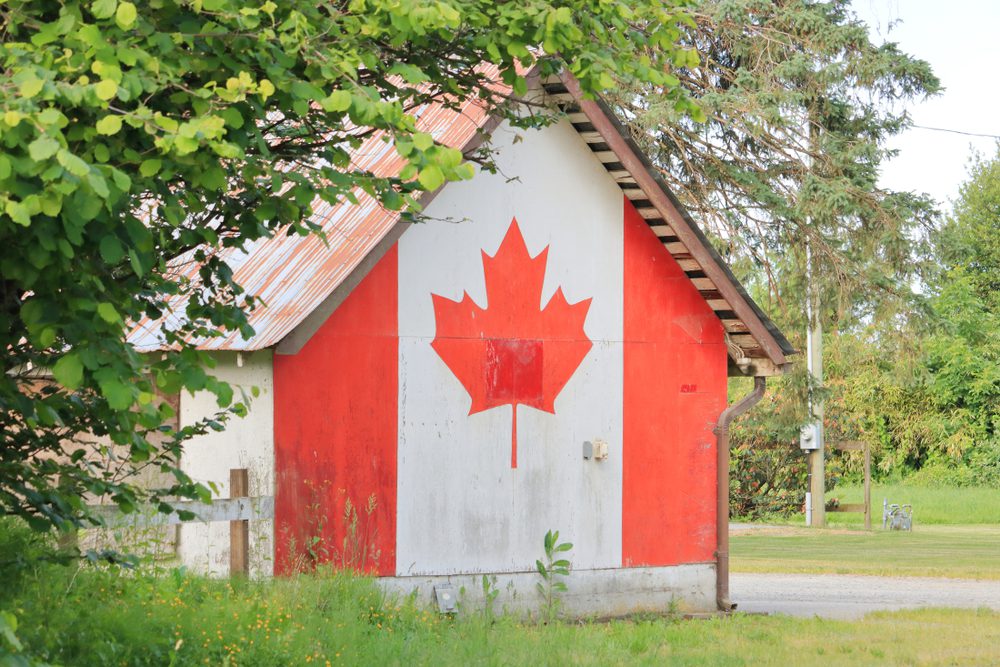
As earlier reported by the European Conservative, Dutch farmers have been protesting their government’s diktats to reduce fertilizer use for over a month. Meanwhile overseas, Canada is seeing the beginning stages of a similar scenario, The Toronto Sun reports.
The Canadian government’s plan for its farmers’ use of fertilizers was first released in March this year. Under Prime Minister Justin Trudeau, “reducing nitrous oxide emissions associated with synthetic nitrogen fertilizer use” has been high on its agenda ever since.
The percentage of the aimed-for reduction is 30%, a figure designed to meet its 2030 greenhouse gas emissions reduction target, with the ultimate goal of achieving net-zero by 2050.
Yet, even though the Trudeau government has stated this reduction applies not just to fertilizers, farming interest groups claim that such a reduction would automatically mean handicapping the industry. These groups, such as the Western Canadian Wheat Growers, have said the plan’s implementation will reduce crop output and income for farm families as well as increase food prices in Canadian grocery stores.
The current regime’s promises to aid farmers in making the transition, more specifically in capturing “new opportunities in the green economy,” have so far been of little help in mollifying them.
Now provincial agricultural ministers are also voicing discontent. The July 22nd conclusion of a three-day meeting of federal and provincial ministers in Saskatoon left several provinces feeling disappointed “by the lack of flexibility and consultation regarding the federal target,” Ontario’s Minister of Agriculture, Food, and Rural affairs Lisa Thompson said.
The divergence in visions could not be starker. While regional authorities and farmer organizations ask for emissions from fertilizer to be measured via intensity (i.e. how much food is produced compared to the amount of fertilizer used), Trudeau’s federal government demands a reduction in absolute terms. Even more, it did not deem it worthwhile enough to include the topic in the meeting’s agenda, as the target for these emissions had already been set.
Future consultations, The Toronto Sun reports, would only take place to determine how this target—de facto imposed by Prime Minister Trudeau and Minister of Agriculture and Agri-Food Marie-Claude Bibeau on the industry—would be met, and not whether it is achievable or indeed fair to farmers as well as consumers.
Alberta Minister of Agriculture Nate Horner responded with dismay, saying that in times of global food shortages, the world “is looking for Canada to increase production and be a solution,” and that “the Federal government needs to display that they understand this.”
Saskatchewan Minister of Agriculture David Marit also voiced concern with “this arbitrary goal,” saying that the government “had apparently moved on from their attack on the oil and gas industry and set their sights on Saskatchewan farmers.”
Bibeau, their counterpart on the federal level, called the government’s target ambitious but felt confident that farmers would ultimately embrace it. “I’m meeting with many farmers in the field. I know how much they care for the environment and how much they invest in new practices and new technologies to reduce their emissions as much as possible,” she said, adding that “the idea is to produce the most sustainable food in the world.”
Canadian farmers were already struggling, ever since the Canadian government—in response to Russia’s invasion of Ukraine—slapped a 35% tariff on all fertilizers coming out of the country. Before the tariff, Russia was exporting 660,000 tons of nitrogen fertilizer annually into Eastern Canada—about 85-90% of total fertilizer the region used.
Thus far, mass protests, such as those occurring in the Netherlands, are not happening. Knowing how Canada’s truckers were treated over their objection to COVID-19 measures and vaccine mandates last winter, it is perhaps not surprising that few dare to take up the shield.
